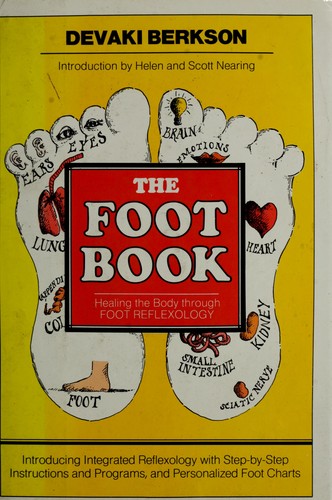

Feet become the recurring object which kids can recognize, and which affords Seuss the opportunity for illustrating in different wacky and fun sorts of manners.

He is teaching kids to recognize opposites. He is not teaching kids about feet or how there are so many different kinds of feet in the world. Feet are the mechanism by which Seuss pursues his teaching strategy. The subtitle on that banner held by the cat on the Bright and Early Board Books really does make a difference between thought the official title is The Foot Book, it quickly becomes obvious that the focus is a good bit narrower than just feet. In typical Seussian fashion, even though the rhythm undergoes a change with the text on the following pages, it aligns perfectly with the more martial beat of the lines on that opening page.īack to the differing versions. That flip of the page reveals that the reader has been set up a rhyme. While the structure of the opening page forms a catchy cadence, that is only half the point. It is a nifty little tease that Seuss includes for his young fans who are learning to read using this book with their parents guiding them. Seuss’s Wacky Book of Opposites.”Ī flip of the page reveals why that opening page includes “left foot” twice, but “right foot” only once.

In addition, the balancing of opposites here speaks directly to what is made clearer in those copies of the book which (those with picture of The Cat in the Hat holding a banner reading Bright and Early Board Books) which includes the informative subtitle: “Dr. For one thing, every succeeding page is going to reference feet. The opening lines on the first page situate the basic thrust of the book which is going to be repeated throughout.

We are thankful for their contributions and encourage you to make your own. Text and pictures tell about many kinds of feet-front feet, back feet, red feet, black feet, slow feet, quick feet, trick feet, sick feet.These notes were contributed by members of the GradeSaver community.


 0 kommentar(er)
0 kommentar(er)
